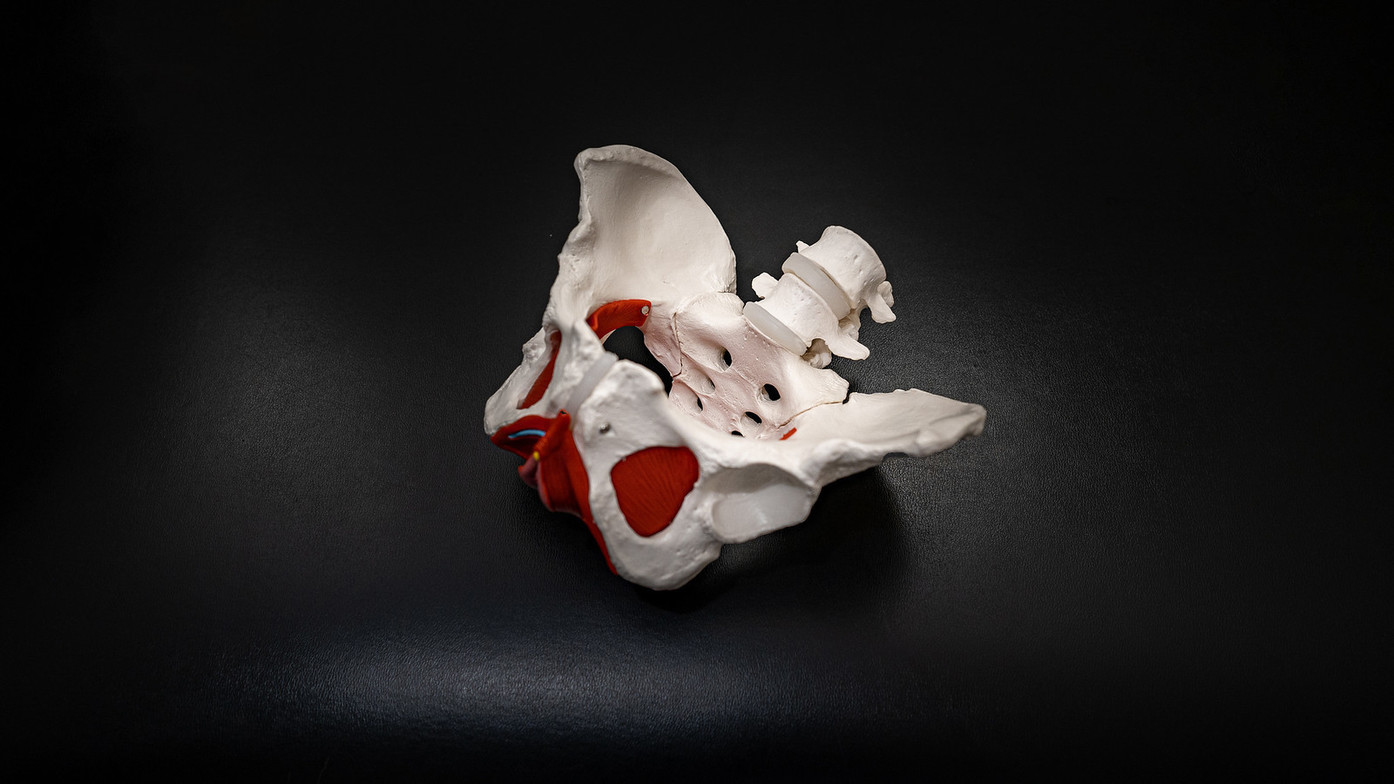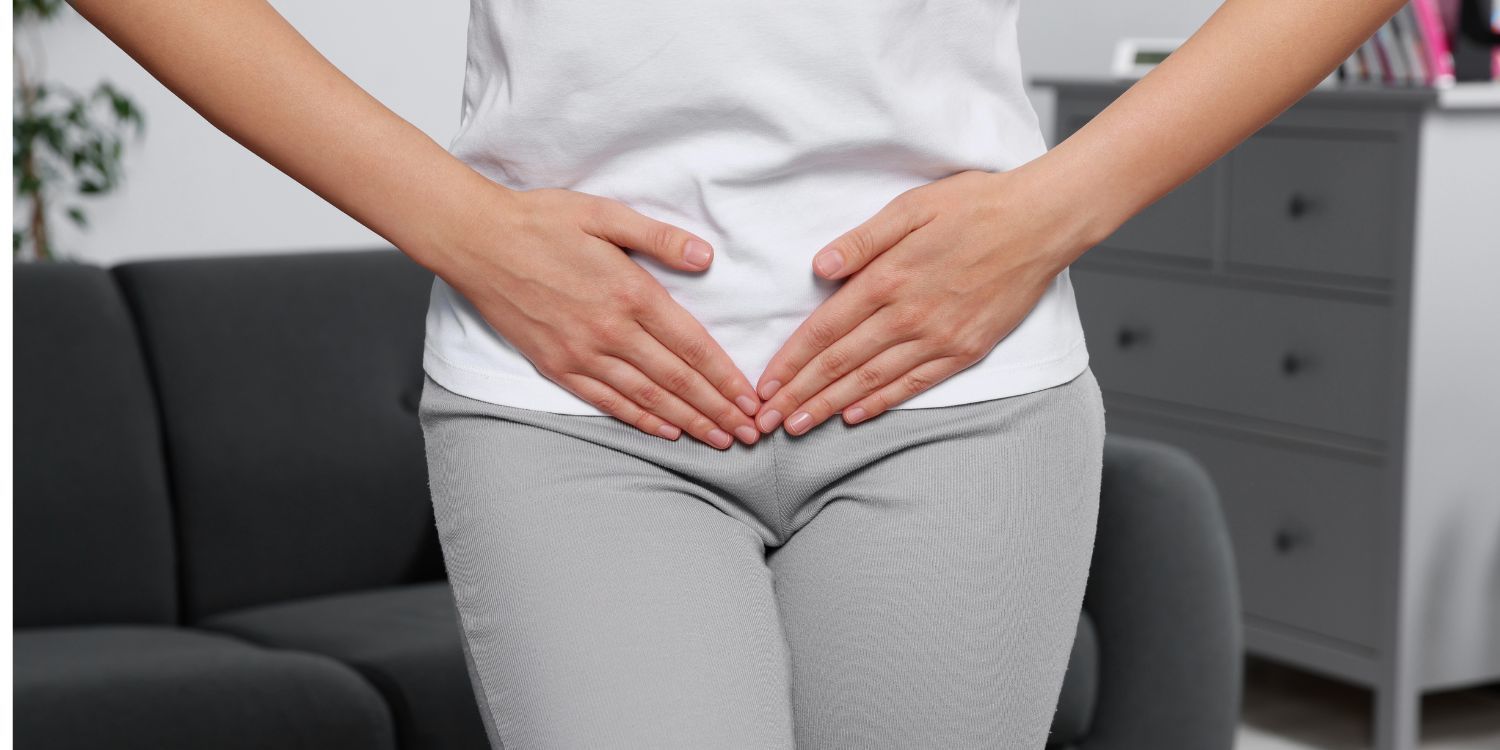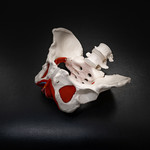Pelvic Health Physiotherapy
Treating male and female pelvic floor disorders
Pelvic health issues are common, but not normal. A Pelvic Health Physiotherapist can answer your pelvic health questions, diagnose your symptoms and get back to feeling like yourself again.
What can Pelvic Health Physiotherapy treat?
- Urinary issues such as: incontinence (leakage), frequent peeing, urgency
- Bowel problems such as: leakage of gas and/or stool, constipation
- Pelvic organ prolapse
- Issues before and after pelvic surgery
- Pelvic Pain - inside and outside your pelvis
- Tailbone pain
- Pain or difficulty with sex
- Post-prostatectomy problems
- Diastasis Recti
- Exercise during pregnancy
- Return to exercise post-natally
How is the pelvis assessed?
Pelvic Health Physiotherapy examines the muscle function, the nerves, connective tissue and fascia around the pelvis. We also take a look at bowel and bladder habits, the impact of body mechanics and the role of posture and core function as it relates to the pelvic floor.
Pelvic Health Physiotherapists are unique as we are trained to check your pelvis from the “outside” as well as the “inside”. Yes, that is correct, an internal pelvic exam (vaginal and/or rectal exam) is the gold standard to fully understand the function of the muscles, nerves and organs that may be contributing to the problem. This is always discussed with the patient, and the choice is always the patient’s to make. There is a lot that can be assessed and treated from the “outside” of the pelvis, however, knowing exactly what is happening on the "inside" of the pelvis takes away the guesswork. Pelvic Health Physiotherapists are licensed by the College of Health and Care Professionals of BC to perform an internal exam, which is a controlled act.
What does treatment look like?
There are many Physiotherapy skills used in pelvic health treatments. Once a biomechanical exam has been completed on the “outside” of the body, and an internal exam on the “inside”, we’ll create a treatment plan that addresses your goals.
Treatment may include:
- Manual therapy (hands on treatment) of joints, tissues, and muscles. This is not limited to just the pelvis, but on areas of the body that have been found to impact your pelvic floor.
- Education on bladder and bowel habits, as well as how the brain and nervous system can play a role in the pelvis.
- Acupuncture or IMS/Dry Needling
- Home Exercise - more than just “kegels”, although yes, we will make sure you are doing those properly too!




